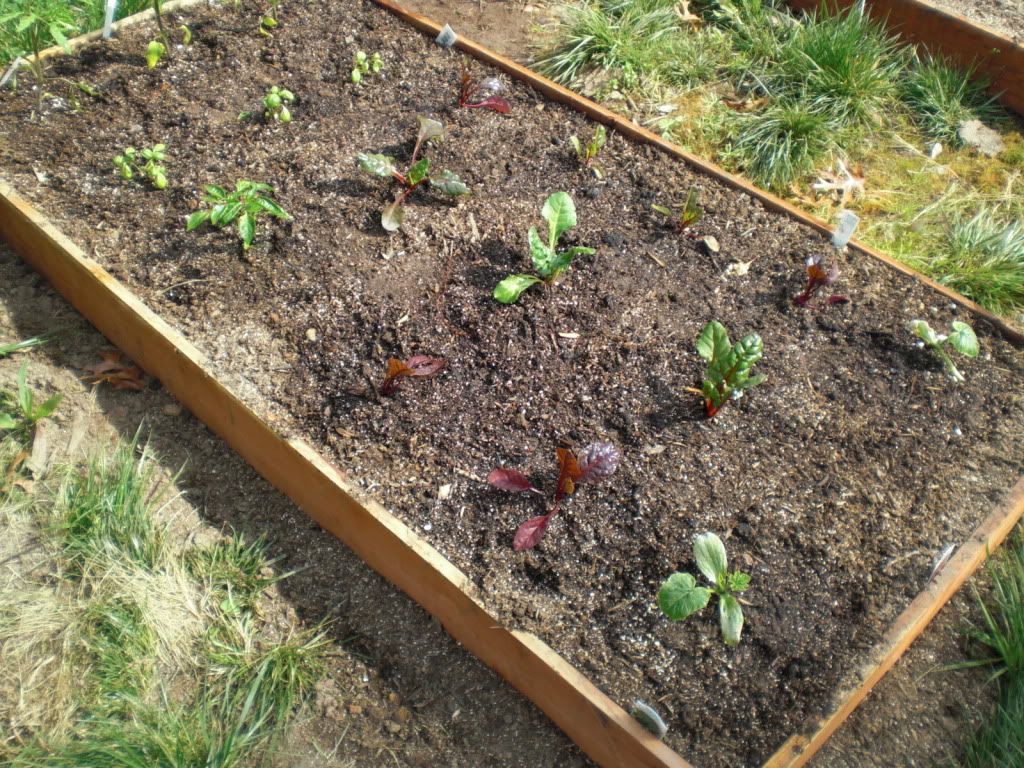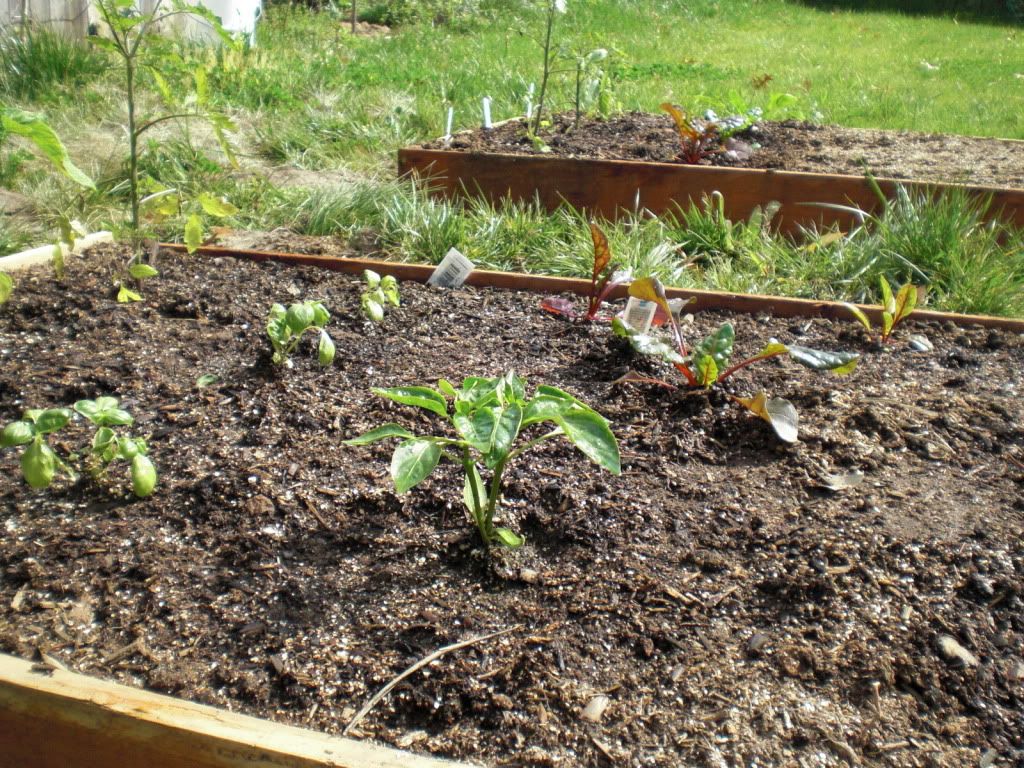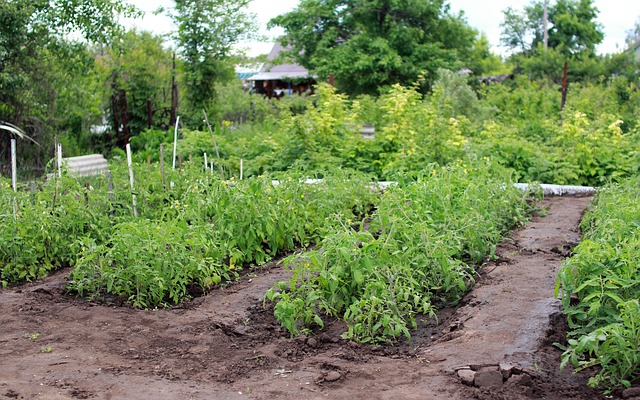Homegrown, doesn’t that sound wholesome and full of goodness? I have been an advocate of making use of the local farmer’s markets for many years. Getting your food from the actual farmers who grow it brings you into the whole cycle of life on a hands-on level. Well let’s take that up a notch! How about growing your own food? Now we are talking hands-on. A little dirt, a little sweat, a little frustration, and a lot of personal satisfaction – growing your own food opens up a doorway of gratitude and appreciation that just can not be gotten from a supermarket.
A few weeks ago I borrowed a book from my next-door neighbor called Square Foot Gardening. I liked the concept of high density and mixed variety planting that promised high yields from a very small plot of vegetables. Even better was the caption that stated “without any weeding!” Now that was a selling key for me. I grew up living out of our family garden every summer. Weeding was a way of life as most of our food supply came from our garden during summer vacation. (I hate weeding.)
There is no substitute for the taste of a fresh tomato still warm from the sun because you just picked it. I hesitate to call the things they sell in the store tomatoes – they sure don’t taste like tomatoes. In fact I am hard pressed to even say they have a taste at all. Nutritionally, growing your own can not be beat. The moment you pick a plant it begins to lose its nutritional value. Every hour shows a significant loss of such nutrients as vitamin C, so picking and eating your food right away is the best.
The process presented in this book is very easy. All you need is a spot of space as little as four foot square (4X4) that gets plenty of sun. The idea is to create a big planter box that is divided into 1 square foot sections and filling it up with a super light yet water retaining soil mix. It doesn’t even have to be on the ground. It could be put on a cement patio, a deck, whatever. I fortunately have a backyard that works perfectly for a couple planter boxes.


So it is not too late to start your own organic farm on a tiny scale. The rewards you gain just by participating in growing your own food are deep and profound. The nutrition can’t be beat, and the connection you gain with life is precious. This system looks to be incredibly simple with low maintenance and huge results. Every age can do this from kids to seniors. Learn more about this method at
http://en.wikipedia.org/wiki/Square_foot_gardening
or www.squarefootgardening.com
